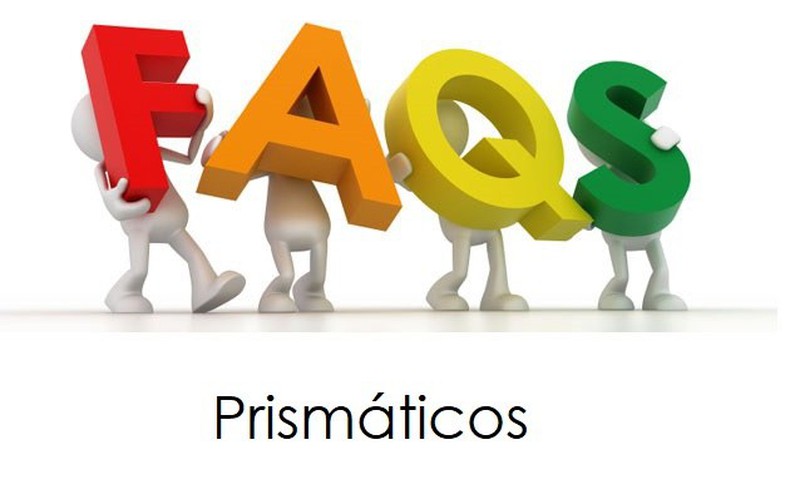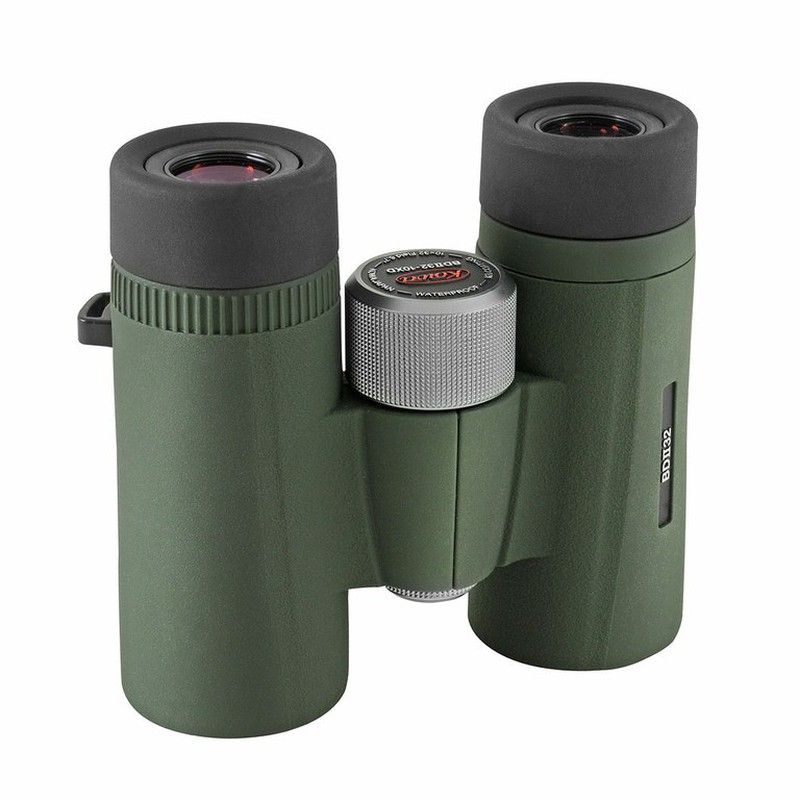Binoculars FAQS
We will try to solve the most common questions about binoculars and binoculars, we come to an ideal time for nature observation

1-What is the increase?
Increase means the power of a binocular. 10X informs us that the binocular increases the image 10 times. In general it is said that an object at 100 m we will see it at 10 m.
2- At higher magnification will I see better?
No, observing with too much magnification leads us to lose luminosity, stability and visual field.
3- What is the second number that appears there?
The "42" of the 8X42 informs us of the opening of the binocular, that is to say that the objective is 42 mm in diameter (4.2 cm).
4- And what does the opening give us?
A more open, brighter and better vision or if not, clearer and more defined.
1- A binocular has prisms, does everyone have the same type of prism?
No, there are at least 3 different types of prisms, this would be the order from lowest to highest quality: Bak-9, Bak-7 and Bak-4
2- How should such a difference in prices be interpreted between binoculars?
The price difference is obviously explained by the quality of the entire binocular and secondly by the optical treatment of its lenses.
3- What optical treatments are there?
Standard treatment, low dispersion or ED, High definition or HD and High definition with fluorite.
4-In what are we going to notice the optical treatment?
Optical treatment is the characteristic that will define contrast, luminosity, definition and a greater or lesser degree of chromatic aberration.
1- Which binocular is more suitable for me?
To answer this question you must ask and answer others, it does not have a direct answer, but a combination of several.
2-What will be its use?
Each binocular is suitable for use, whether for theater, nature, travel, hunting, fishing or astronomy.
3-Will I find myself in difficult conditions?
Low light conditions, low stability, high reflections, etc ... determine the type of binocular and, above all, the necessary optical treatment. For difficult conditions, a minimum treatment with low dispersion is recommended.
4-Should I use a tripod?
The tripod is recommended with binoculars with magnification greater than 10X, with this magnification and with the binocular's own weight we lose stability and we need to balance the binocular with a tripod.
1- Should I clean the binocular?
The lenses are cleaned with a dry suede, just like glasses. Lenses should never be disassembled for cleaning. The other parts must not be disassembled either.
2- Why is there nitrogen gas inside?
To avoid the presence of fog on the lenses, in sudden changes in temperature
3- What is decolimation?
It appears when the internal lenses shift due to a blow or sudden movement, in these cases the image is distorted and appears double.
4- Water resistance?
The binoculars are resistant to humidity, spray and drops of water. They are not resistant to immersion and continuous rain conditions.






Opinions of our clients
Receive our news